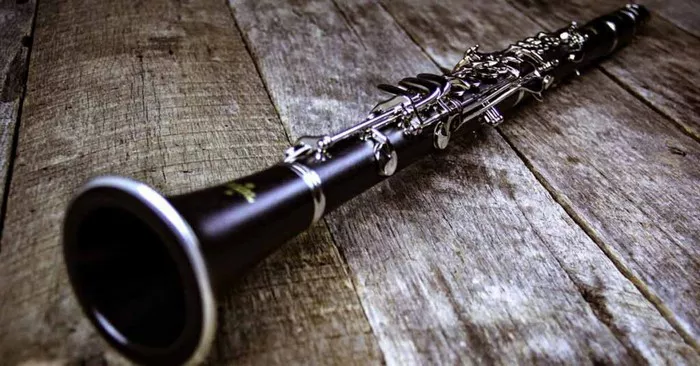The clarinet, a versatile woodwind instrument with a rich history and distinctive sound, is commonly associated with the key of B-flat. However, the world of clarinets is far more diverse than this single key, with various types designed to suit different musical genres and performance needs. In this article, we will explore the spectrum of clarinet keys and dispel the misconception that all clarinets are in B-flat.
1. The B-Flat Clarinet: A Common Standard
The B-flat clarinet is undeniably the most prevalent and widely used type of clarinet. It is a standard instrument in orchestras, concert bands, and various ensembles across different musical genres. The B-flat designation refers to the pitch produced when the instrument plays a written C. In other words, when a B-flat clarinet reads and plays a C, the sound heard is a concert B-flat.
2. The A Clarinet: A Harmonious Companion
While the B-flat clarinet is the standard, another common type is the A clarinet. The A clarinet is pitched a whole step lower than the B-flat clarinet, producing a slightly darker and mellower tone. It is often used in orchestral settings, and in some cases, a player may switch between B-flat and A clarinets to achieve the desired tonal characteristics for specific pieces of music. The A clarinet is an essential component of the clarinet family, contributing to the ensemble’s overall tonal palette.
3. The E-Flat Clarinet: A Higher Pitch
Beyond the B-flat and A clarinets, the E-flat clarinet is another notable member of the clarinet family. It is pitched a minor sixth higher than the B-flat clarinet and is commonly used in concert bands and certain orchestral compositions. The E-flat clarinet is known for its bright and distinctive sound, adding a unique element to the ensemble. Due to its smaller size and higher pitch, it is often utilized in passages that require agility and brilliance.
4. The Bass Clarinet: A Deep Resonance
Descending into the lower registers, the bass clarinet is a larger instrument pitched an octave below the B-flat clarinet. With its deep and resonant tone, the bass clarinet is a crucial component of orchestras, concert bands, and jazz ensembles. It provides a rich foundation to the clarinet section, contributing to the overall harmonic depth of the ensemble. The bass clarinet is available in various keys, including B-flat and A, catering to different musical contexts.
5. The Contrabass Clarinet: Expanding the Range
For those seeking an even lower range, the contrabass clarinet takes the lead. This massive instrument is pitched an octave below the bass clarinet and is rarely used in mainstream music. However, it finds a place in specialized ensembles, adding an extraordinary depth to the lower end of the clarinet family. The contrabass clarinet is available in B-flat and other keys, catering to specific performance requirements.
6. The Contra-Alto and Subcontrabass Clarinets: Rare Giants
In the realm of extreme low registers, the contra-alto and subcontrabass clarinets stand as rare giants. These instruments, pitched below the bass clarinet, are massive in size and produce exceptionally low tones. While not commonly encountered, they find occasional use in avant-garde and experimental compositions. The contra-alto and subcontrabass clarinets add a unique and formidable sonic presence to the lower reaches of the clarinet family.
7. The Clarinet in E-Flat and D: Historical Gems
Historically, clarinets in E-flat and D were more prevalent than the modern A clarinet. Composers such as Mozart wrote for the E-flat clarinet, and the D clarinet was used in military bands. While these historical instruments are less common today, they are still occasionally employed in period-instrument ensembles performing music from specific eras.
8. Exploring Unique Designs and Innovations
In addition to the standard clarinet types, there are various unique designs and innovations that further diversify the clarinet family. Some manufacturers experiment with materials, key systems, and designs to create instruments with distinct tonal qualities and playing characteristics. These innovations contribute to the evolving landscape of clarinet playing and expand the possibilities for musicians.
See Also: [Revealed!] Are Clarinets Hard to Play?
In Conclusion
Contrary to the misconception that all clarinets are in B-flat, the clarinet family encompasses a wide range of keys, each with its unique characteristics and applications. From the common B-flat and A clarinets to the specialized E-flat, bass, contrabass, and even the rare contra-alto and subcontrabass clarinets, each instrument serves a specific purpose in the world of music. Understanding the diverse clarinet family allows musicians to choose the right instrument for the musical context, showcasing the instrument’s versatility and the richness it brings to the world of music.


